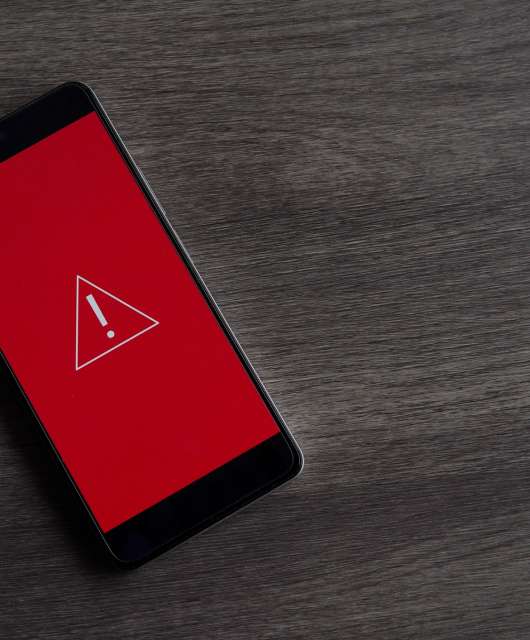Apple officially launched the company’s first AR/VR headset – Apple Vision Pro.
The new product by the Cupertino-based tech giant has been in the making for more than five years and is expected to hit the shelves in early 2024. From what we’ve seen so far, the product looks precisely what people would expect from Apple. The new fancy goggles look sleek and will come with an eyebrows-rising price tag of $3,500. However, the launch does not mean that people can go out and purchase the product right away – Apple estimates that the new headset will likely hit the market in early 2024.
The new headset is not the only new thing that came from Apple over the last few days. The birth of the new product category at Apple also brought a new operating system – visionOS. This is Apple’s first spatial operating system. It will feature a three-dimensional interface that Apple believes frees apps from the boundaries of a display so they can appear side by side at any scale.
The new headset from Apple will come with built-in privacy and security. Apple says that the goggles were designed to protect user privacy and will let users control their data. The product is built on the foundation of the existing Apple privacy and security features and a new technology called Optic ID. Optic ID will be similar to the Touch ID, but users can use the uniqueness of an eye’s iris instead of fingerprints.
Apple users with Vision Pro will be able to authorize purchases and unlock passwords by using Optic ID. Apple claims the data will be encrypted and will never leave the user’s device. The tech giant also says it will be accessible only to the Secure Enclave processor.
Eye input also will not be shared with anyone, including Apple itself. So at least for now, marketers won’t be able to track where a user looks. Apple says only the final selections will be transmitted when the user taps fingers together.
Users likely wouldn’t be happy if a hacker with a VR/AR headset suddenly finds its way to a user room (virtual or real life). Apple highlighted that the camera data and sensor movement would be processed at a system level, and individual apps could not see user surroundings.
Even though VR and AR headsets have been around for almost a decade, none of the major players in the AR/VR industry has been able to make the technology go full-on mainstream. It is a fact that tens of millions of Americans own a VR headset, but the VR/AR industry still has a long way to go before it is adopted by everyone, the same way cell phones did.
The launch of Apple Vision Pro might mean that the spatial computing industry will finally experience wide adoption, as there is no doubt that millions will buy the new product. Let’s hope Apple keeps its promises to maintain high standards regarding privacy and security.







